President Donald Trump has long mused about his desire to send in troops to crush political protests, but his decision to deploy 700 active-duty Marines to Los Angeles, ostensibly to protect federal offices and employees from unruly protesters, still registered as a jolt for many.
The administration had already federalized 4,000 members of the California National Guard over the express objection of both local authorities and California Gov. Gavin Newsom. The use of active-duty troops was an escalation and Trump was speaking “the words of an authoritarian,” Newsom told POLITICO. On social media, he added, “The absurdity of threatening the people of the United States of America with their own military is morally reprehensible.”
Deploying active-duty service members to quell domestic unrest is a rare occurrence, and it is at odds with the nation’s founding principles, which included a healthy skepticism of large, standing armies and their use to control civilian populations. But it isn’t without precedent.
In several notable instances throughout American history, U.S. presidents have deployed active-duty military troops — not just National Guard or reservists — to quash unrest or enforce domestic order. The political fallout has varied from one episode to another, yet a distinct pattern stands out: When presidents intervene to restore public safety during acute civil disorder, they often enjoy public support. But when presidents deploy federal troops to suppress economic or social protest movements, the backlash can be swift and severe.
The Insurrection Act of 1807 gives presidents the legal authority to use regular Army troops on U.S. soil under extraordinary circumstances. Though the law is designed for moments of crisis, how and why it is invoked can define presidencies and reshape public trust in the federal government.
The lesson for Trump and his party is clear: If the public believes the president is acting in the service of public safety, he will likely enjoy sufficient support or acquiescence. But if voters believe he is using the military as a blunt instrument to quiet his political opponents, he could face severe electoral consequences in 2026 and beyond.
Abraham Lincoln was the first president to deploy active-duty troops onto U.S. soil — and not without controversy.
In the early days of the Civil War, on April 19, 1861, an armed mob in Baltimore prevented the Sixth Massachusetts regiment from passing through the city — a strategically vital hub with deep Southern sympathies — en route to Washington. Eager to avoid inflaming the situation further, Lincoln initially ordered troops arriving from Northern states to travel around, not through, Baltimore. But that didn’t solve the problem. Seeking to appease the city’s pro-secessionist population, the mayor and governor promptly ordered the detonation of railroad bridges connecting Baltimore to Philadelphia and Harrisburg, as well as telegraph lines that serviced Washington, D.C. For days, the capital lay in siege, with no effective means of sending or receiving news.
In response, Lincoln authorized the suspension of habeas corpus and deployed active-duty Union troops to secure key rail lines, arrest secessionist state legislators (fully one-third of the legislature ended up in a military prison) and prevent Maryland from joining the Confederacy.
It was his first but hardly last use of the regular military to tamp down dissent. Over the course of the war, Lincoln used the Army to arrest anti-war (aka Copperhead) Democratic newspaper editors and politicians, including Ohio Rep. Clement Vallandingham, whom a military tribunal exiled to Canada. The military enforced martial law in areas like Missouri and backed the suspension of habeas corpus, allowing mass arrests without trial. In July 1863, during the New York City draft riots, Lincoln sent in Army regiments — fresh from the Battle of Gettysburg — to restore order after local authorities were overwhelmed, marking one of the bloodiest instances of domestic military intervention in U.S. history.
Lincoln’s use of military power was met with neither universal praise nor outright condemnation. Supporters viewed it as a necessary defense of national unity. Critics, especially Copperhead Democrats, saw it as an unconstitutional expansion of executive authority. Republicans suffered heavy losses in the 1862 off-year elections, in part because the war effort was badly stalled and many voters opposed Lincoln’s plan to issue an Emancipation Proclamation — a pledge he made that fall. But popular opposition to martial law, mass arrests and the use of the Army to suppress dissent also factored heavily into the electorate’s sour mood.
Still, Lincoln’s deployment of troops in Northern cities, while aggressive, was rooted in the logic of wartime survival, not economic suppression or policing protest. As such, it provoked momentary opposition but did not augur the end of his presidency.
In the years after the Civil War, presidents faced different kinds of crises and responded with varying levels of success when deploying the military.
During Reconstruction, President Ulysses S. Grant sent active-duty troops to the South to combat the Ku Klux Klan and protect Black citizens and fragile Republican state governments. These efforts were controversial among white Southerners but earned praise in the North as a defense of law, order, and civil rights — a rare example of federal force used in a progressive context. Grant, of course, enjoyed a deep well of Northern support, given his role in the Civil War.
Such was not the case for his successor, Rutherford B. Hayes, whose presidency was marked by widescale labor unrest.
In 1877, workers on the Baltimore & Ohio Railroad staged a walkout over scheduled wage cuts, provoking a nationwide general strike that paralyzed commerce across the emerging industrial belt of the Midwest and mid-Atlantic states. In Pittsburgh, working-class protesters clashed with the state militia, resulting in a fire that destroyed a hundred locomotives and two thousand railroad cars. General work stoppages quieted factories and mills in Chicago and St. Louis. In the coalfields of western and southern Pennsylvania, forty thousand workers walked off the job.
In response, wealthy and middle-class professionals formed armed militia groups to protect private property against the “Great Strike.” Many militiamen even donned tight-fitting army uniforms that had been gathering dust in their closets for over a decade. From Washington, Hayes ordered the Army to break the strike, which it did with overwhelming force, reopening clogged rail lines, busting up union meetings and escorting strikebreakers through the line. “The strikers have been put down by force,” noted Hayes, a Civil War combat veteran who had fought enthusiastically against slavery just a decade before.
Hayes’s use of active-duty troops to break the Great Railroad Strike of 1877 drew sharp criticism from labor groups and working-class Americans, who saw it as a blatant defense of corporate interests. While some middle- and upper-class observers praised the move for restoring order, many viewed it as the beginning of an era in which the federal government would side with capital over labor. The violent suppression deepened labor’s mistrust of Washington and helped radicalize parts of the growing labor movement.
No troop deployment has backfired more spectacularly than President Herbert Hoover’s 1932 use of the U.S. Army to disperse the so-called Bonus Army.
During the early days of the Great Depression, thousands of World War I veterans camped in Washington, D.C., demanding early payment of bonuses owed to them in later years.
Hoover, fearing radicalism and facing pressure from the business community, ordered the veterans forcibly removed from several federal buildings they were occupying. Active-duty troops under General Douglas MacArthur exceeded that order, deploying tanks and calvary, setting the Bonus Army’s camps on fire and routing the protestors. The images — uniformed troops expelling impoverished veterans with fixed bayonets and tear gas — stunned the nation. Hoover’s popularity, already waning, collapsed.
This episode fits the now-familiar pattern: When federal troops are used to dismantle peaceful economic or social protests, the moral and political backlash is profound.
On the other hand, when presidents use military force to secure public safety, the electorate can be more forgiving.
President Lyndon B. Johnson’s deployments of federal troops during urban protests in 1967 and 1968 were largely received as legitimate exercises of federal power. During the Detroit uprising of 1967, where the Michigan National Guard was overwhelmed, Johnson sent in paratroopers from the 82nd and 101st Airborne Divisions. When riots engulfed Washington, D.C., following the assassination of Martin Luther King Jr. in April 1968, Johnson again called in the Army.
Johnson was deeply ambivalent about using troops, and he worried about appearing like an occupying power in Black neighborhoods. But the scale of violence and local government pleas for help pushed him to act. Johnson framed his use of troops as a public safety measure, not as a move to suppress political dissent. And the public largely agreed.
A similar situation unfolded in 1992, when a jury acquitted four white LAPD officers in the beating of Rodney King, a Black man, sparking mass unrest across Los Angeles. Gov. Pete Wilson deployed the California National Guard, but the situation escalated beyond their control. At Wilson’s request, President George H. W. Bush invoked the Insurrection Act and sent in active-duty troops, including the 7th Infantry Division and 1st Marine Division.
Bush carefully framed the intervention as a restoration of public safety, not a targeted attempt to stifle legitimate protest. His public statements emphasized sympathy for those outraged by police brutality, while also drawing a clear line between protest and looting. The measured tone — and the very real breakdown of order — won Bush public support. It was a textbook case of the federal government stepping in to ease a crisis, not suppress a cause.
Across 150 years of American history, the pattern is unmistakable. When presidents use federal troops to protect lives and property amid chaos, public opinion is often forgiving — even supportive. But when those same troops are used to disrupt protests over wages, inequality or democratic rights, the public recoils.
The distinction lies in intent and framing. In 1877 and 1932, Hayes and Hoover deployed the military against their own citizens as adversaries. In 1968 and 1992, Johnson and Bush deployed them as protectors. Lincoln, sitting at the intersection of war and unrest, remains an edge case. His use of the military to suppress anti-war, and even pro-secession, voices was both an exercise of state wartime powers and, to some minds, an egregious over-use of executive authority.
That distinction may be the difference between a presidency that survives a crisis — or one that is defined and doomed by it. As Donald Trump sends in active-duty marines to Los Angeles amid protests over ICE raids, history poses a deceptively simple question: to what end?
.png)


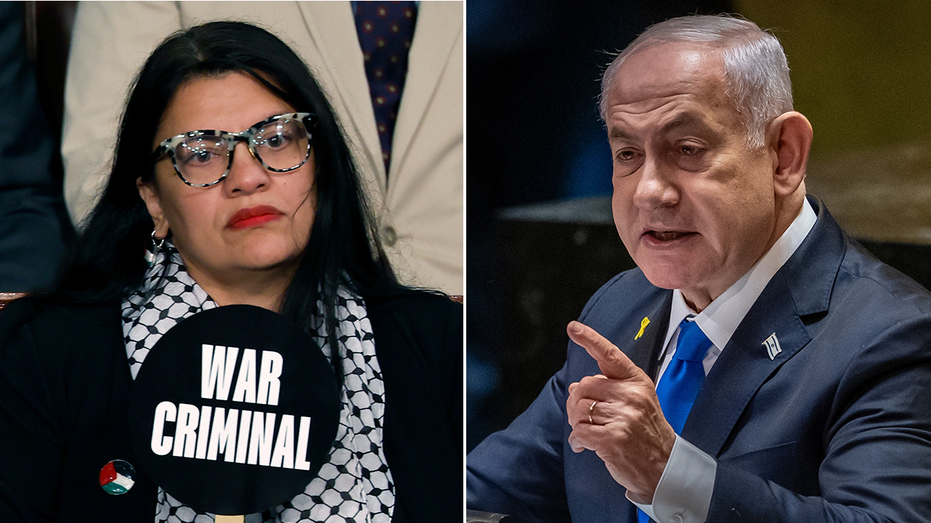

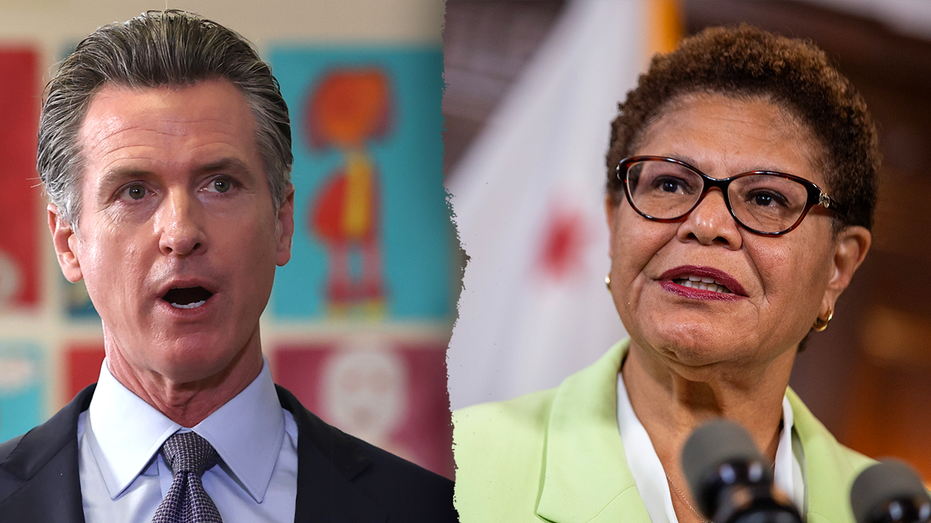
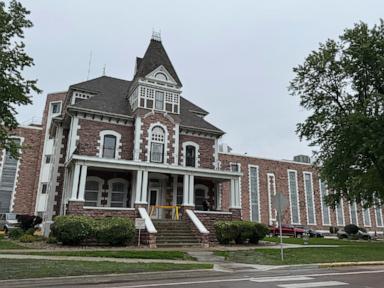


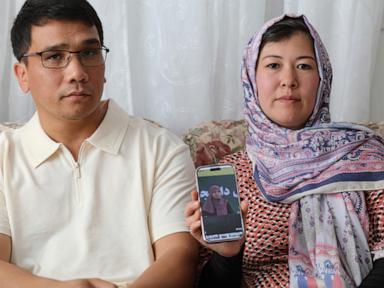

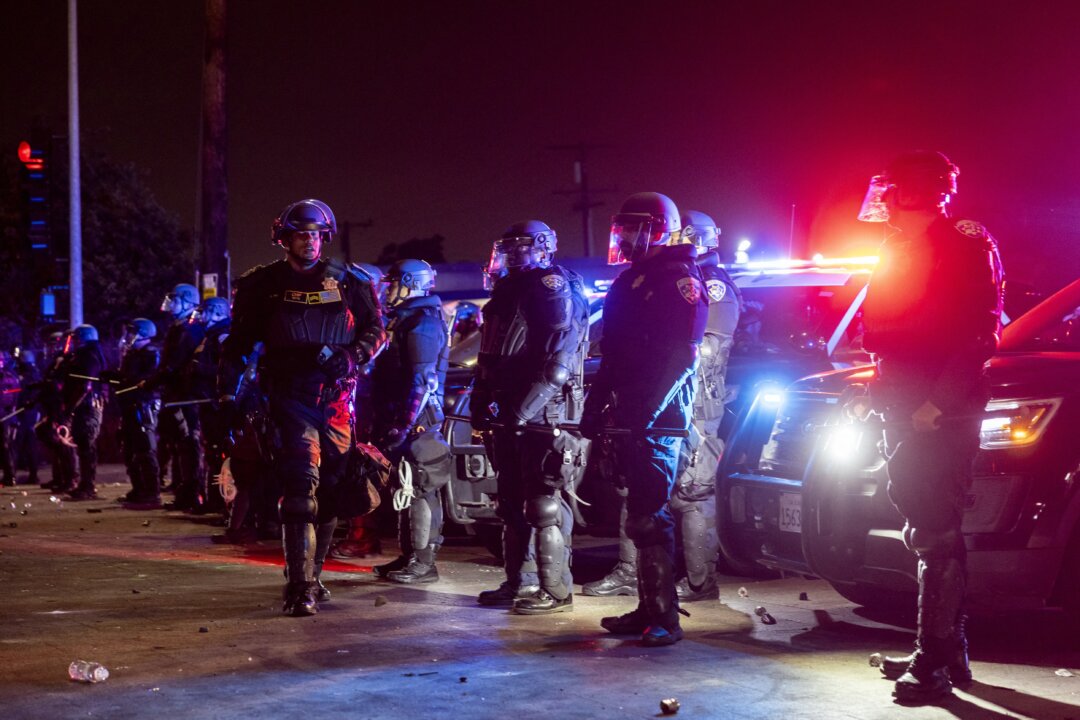


 English (US)
English (US)